Sales of electric vehicles in Australia have all but dried up completely despite record new car sales, according to the latest official figures from the Federal Chamber of Automotive Industries.
Amid another record sales year for new cars in Australia, electric vehicle sales have taken a huge dive. Just 219 electric cars were sold in 2016, out of nearly 1.2 million new vehicles which left Australian dealerships.
This represents a massive decrease from 2015, in which 942 fully electric vehicles (EVs) were sold following the launch of BMW’s i3 and Tesla’s Model S, as well as the slashing of prices on the Nissan Leaf.
Current EV market share sits at less than 0.02%, with other car sales overwhelmingly still dominated by petrol and diesel engines. Few purely electric cars remain on sale in Australia; the Tesla Model S and Nissan Leaf are the only remaining battery-powered vehicles on sale, with the compact Mitsubishi i-MIEV no longer offered.
Plug-in hybrid vehicles remain far more popular, with over 1,000 such vehicles sold in 2016, but the segment remains a tiny fraction of the overall market.
The tumbling sales of EVs reflect several barriers towards electric car ownership in Australia, chief among which are high prices, lack of charging infrastructure over long distances, and insufficient government incentives. However, the tide may be turned with the introduction of several forthcoming new models in 2017 and 2018, including the Tesla Model X and Model 3 and Audi’s Q6 e-tron.
Traditional transport still going strong
In contrast to the dismal sales of electric and hybrid cars, sales boomed for traditional petrol-powered cars, with the 1.17 million new sales representing a 2% increase over 2015’s record figures. Australians with a taste for economical cars appear to prefer diesel over hybrids, with over 363,000 such cars sold – a significant 8.6% increase since last year.
As the electric vehicle market contracts, Australian tastes are shifting in a different direction; 2016 saw a continued shift in preference from large sedans and compacts towards SUVs and light commercial vehicles. SUV market share grew another 2% in size year-on-year, while light commercial vehicles such as utes grew by 1.5%.
SALES: SUVs overtake passenger cars in Australia's luxury market https://t.co/JEw4lGBswg pic.twitter.com/Fk6EXRayzw
— Drive (@drivecomau) December 13, 2016
The Toyota Hilux was Australia’s best-selilng vehicle (FCAI), selling over 42,000 examples, while the Corolla was close behind with over 40,000 sales. Three utility vehicles made the top 10, with the Ford Ranger and Mitsubishi Triton taking fourth and ninth place respectively. The Mazda CX-5 and Hyundai Tucson SUVs also made the list, although compact cars are still selling in high volumes, making up three of the top 5 places.
“It is an intriguing and exciting time for industry watchers, as there’s little doubt we are observing a significant and dynamic transition in consumer preference,” stated FCAI Chief Executive Tony Weber.
“The growth, as was witnessed in 2016 and appears certain to continue in 2017, is in SUVs and light commercial vehicles, particularly dual cab utilities.”
“New models with significant performance and comfort attributes, combined with the existing vehicle mix, continued to make Australia one of the most competitive new car markets in the world.”
2016 Best-Sellers (Year End Total)
| 1 | Toyota Hilux | 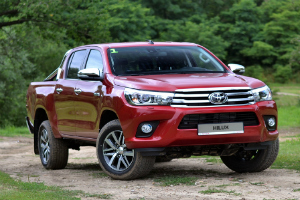 |
| 2 | Toyota Corolla | 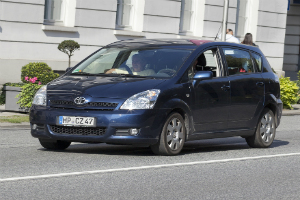 |
| 3 | Hyundai i30 | 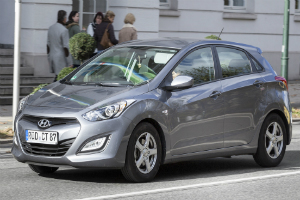 |
| 4 | Ford Ranger | 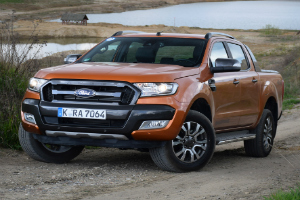 |
| 5 | Mazda3 | 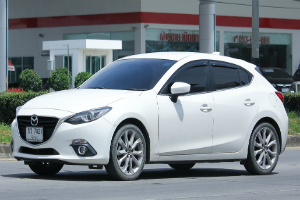 |
| Source: Federal Chamber of Automotive Industries | ||


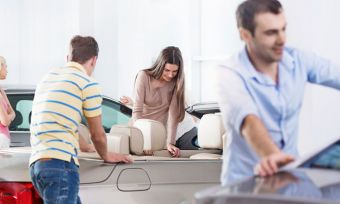



Share this article